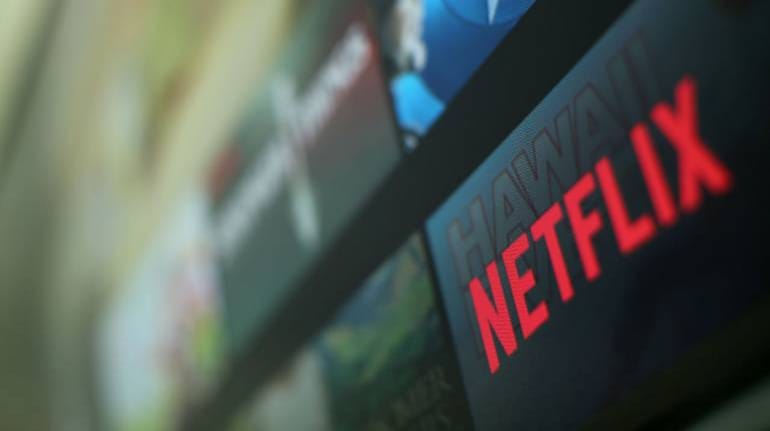



Sounak Mitra
India’s national draft e-commerce policy is threating the business model of over-the-top (OTT) streaming services. According to a report in The Business Standard, Netflix, Amazon’s Prime Video and Hotstar, among others, will be barred from streaming original shows, or content produced by the companies themselves, if the government finalises the proposed e-commerce policy without any changes.
According to the draft policy, e-commerce is defined as “buying, selling, marketing or distribution of goods, including digital products and services; through electronic network”. Besides, the government has, in an earlier notification, stated that e-commerce companies with foreign investments can only operate under the marketplace model, and will be barred from operating an inventory-led model.
If this definition is strictly applied, then say goodbye to Netflix Originals, Prime Originals, and Hotstar Specials because Netflix, Amazon and Hotstar all have foreign ownership. This is not just an interpretation as the above mentioned Business Standard report quoted an unnamed official of the Department for Promotion of Industry and Internal Trade (DPIIT).
This comes as a major blow for Netflix, Prime Videos and Hotstar because all the three have planned heavy investments to produce original content focussed on Indian audiences. Original content, a concept introduced by Netflix in 2011, has become the key to success in the online video streaming industry.
Hotstar, which is the largest video OTT with 69.4 per cent market share with about 150 million users (most of them free users), had in January announced plans to invest Rs 150 crore to develop its original content. Netflix has reportedly set aside Rs 500-Rs 600 crore a year for original content in India. Amazon reportedly plans to invest around Rs 2,000 crore for local original content.
The reason for such investments is simply the opportunity size. According to a report by consulting firm BCG, the number of paid OTT subscribers will be around 4 million by 2020 from 1 million in 2017, and OTTs are projected to generate revenues of Rs 2,000 crore by 2020 from around Rs 390 crore in 2017. For someone like Amazon, OTT is a bundled play that will help it gain more customers for its bread-and-butter e-commerce services.
The draft policy will ruin all these if it gets finalised in the current form. While it is not clarified, companies in music streaming, such as Amazon’s Prime Music, Spotify, Google’s YouTube Music are also likely to under the same regulations.
However, there is one way OTTs such as Netflix could offer their original content to Indian consumers — if they utilise each other as marketplace for content streaming, such as Amazon Prime streams Netflix Originals, and vice versa. Or, they can utilise Indian-funded-and-owned OTTs, such as AltBalaji, SonyLIV and HoiChoi as marketplaces for streaming their original content. They can also look for offering this content through other applications owned by telecom and direct-to-home (DTH) service providers following a marketplace model.
None of these options, however, looks logical for any of the companies as that would take away their exclusivity and they will have to change their core business model just for Indian market which is still at its nascent state.
There’s one more thing that is ambiguous. Content should ideally be administered by the Ministry of Information and Broadcasting. Considering the fact that OTTs ride over Internet, they may also be administered by the Ministry of Information Technology, and may be the Ministry of Communications as OTTs are streamed on mobile phones, televisions, tablets and laptops.
The reason why the DPIIT is setting the rules and regulations for OTTs or content streaming services is quite confusing.

Discover the latest Business News, Sensex, and Nifty updates. Obtain Personal Finance insights, tax queries, and expert opinions on Moneycontrol or download the Moneycontrol App to stay updated!
Find the best of Al News in one place, specially curated for you every weekend.
Stay on top of the latest tech trends and biggest startup news.